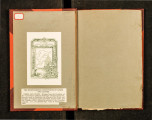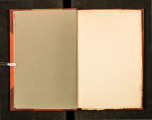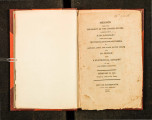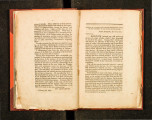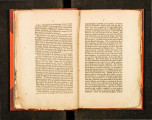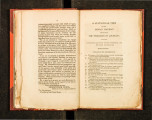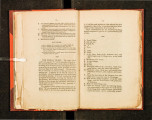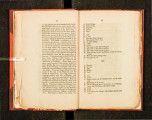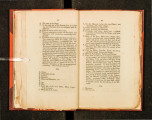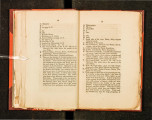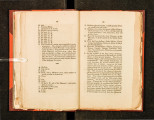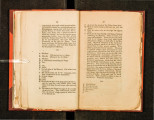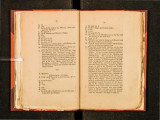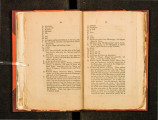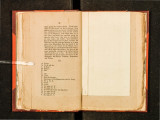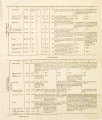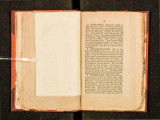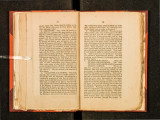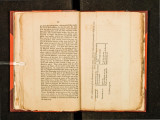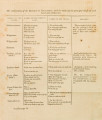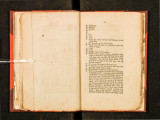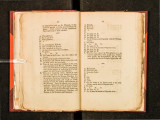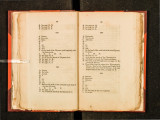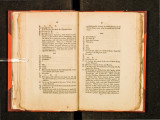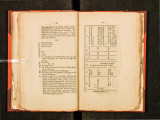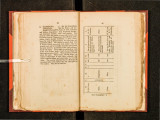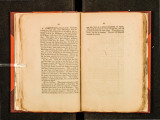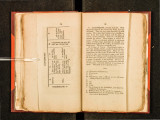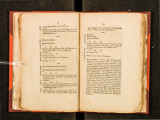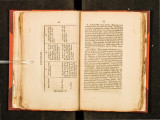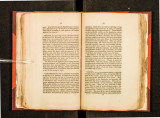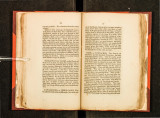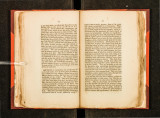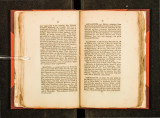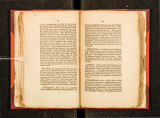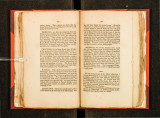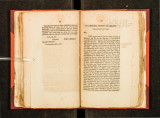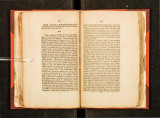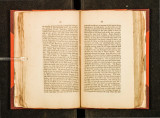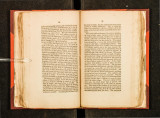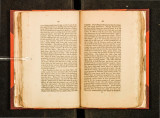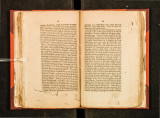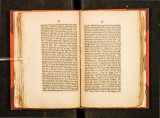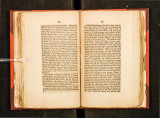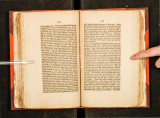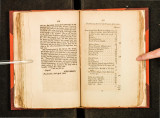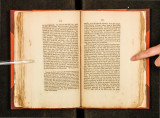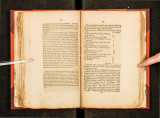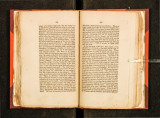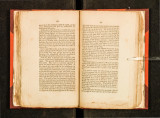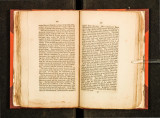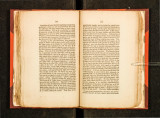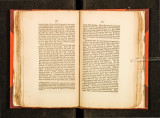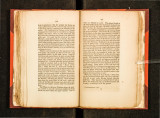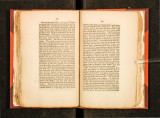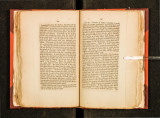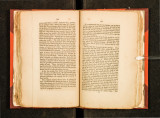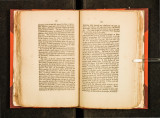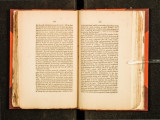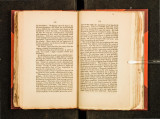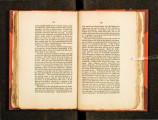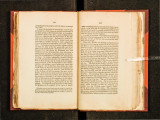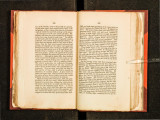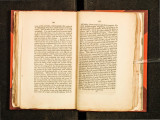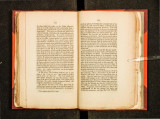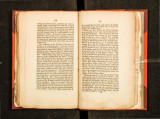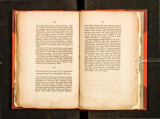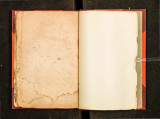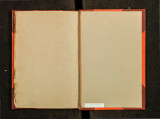| OCR Text |
Show 166 the place called the mine, on the Little IV1issouri there is a s1noke which ascends perpetually fr01n ~~ particular place, and that the vapour is smnetimes in:supportablc. rfhe river, or a branch of it, passes over a bed of mineral, which frmn the description given is, no doubt, 1nartial pyrites. In a creek, or branch of the Fourche a' Luke,* there is found on the beaches and in the cliffs, a great number of globular l.Jodics, some as large, or larger, than a man's head, which, when br?ken, exhibit the appearance of gold, silver, an~ precwus stones; most probably pyrites and chrystahzed spar. .And at the Fourche des Glaises a' Paul (higher up the river than Fourche a' Luke), near th~ river there is a cliff full of hexagonal prisms, terminated by pyramids, Yvhich appea-r to grow out of the rock: they are from six to eight inches in length, and some of them are an inch in diameter. 'fhere are beds of pyrites found in several small creeks communicating with the Washita, but it appears that the mineral indications are greatest on the Little Missouri, because, as before noted, some of the hunters actually worked on the1n, and sent a parcel of the ore to New Orleans. It is the belief here, that the mineral contains precious metal, but that the Spanish govcrntnent did not choose a mine should be opened so ncar to the British settlements. An express prohibition was issued against working these mines. At this place, Mr. Dunbar obtaif!ed one or two slips of the " bois de arc," (bow wood) or yellow 'vood), frorn the Missouri. The fruit which had fallen before maturity, lay upon the ground. Some were of the size of a small orange, with a rind full of tubercles; the color, though it appeared faded, still retained a resemblance to pale gold. The tree in its native soil, when laden with its golden fruit, '(nearly as large as the egg of an ostrich), presents the most splended appearance; its foliage js * Three leagues above Ellis's camp. 167 of a deep green, resembling the varnished leaf of the orange tree, and, upon the whole, no forest tree can compare \vith it in ornamental granclc.: ur. 1'he bark of the young tree resctnbles, in texture, the dog \rood bark; the appearance of the \vood recommends it for trial as an article which n1ay yield a yellow dye. It is deciduous; the branches are numerous, and full of short thorns or prickles, which setm to point it out as proper for hedges or live fences. This tree is known to exist near the Nakitosh (perhaps in latitude 32°), and upon the river Arcansa, high up (perhaps in lat. 36o); it is therefore probable that it n1ay thrive from latitude 38oto 40° and will be a great acquisition to the United States if it possess no other merit than that of being ornamental. . In descending the river, both Mr. Dunbar and Dr. Hunter searched for the place said to yield gypsum, or plaister of Paris, but failed. The torn1er gentleman states, that he has no doubt of its existence, having noted two places where it has been found; one of which is the first hill, or high land \Yhich touches the river on the west, above the bayau Calun1et, and the other is the second high land on the s~nne side. As these are two points of the same continued ridge, it is probable that an i n11nense body of gypsum will be found in the bowels of the hills where- they meet, and perhaps extending far beyond them. . On the evening of the 22d Mr. Dunbar, arnvecl at the Catahoola, where a Frenchtnan of the name of Hebrard, who keeps the ferry across Black river, is settled. Here the road from the Washita forks, one branch of it leading to the settlement on Red river, and the other up to the post on the vVashita. The pro .. prietor of this place has been a hunter and a great traveller up the \V ash ita and into the wester~ country: he confirms generally the accounts rece1ved from others. It appears, from what they say, that in the neighborhood of the hot springs, bt~t higl~er HI?' among the mountains, and upon the Ltttle M1ssoun, |



